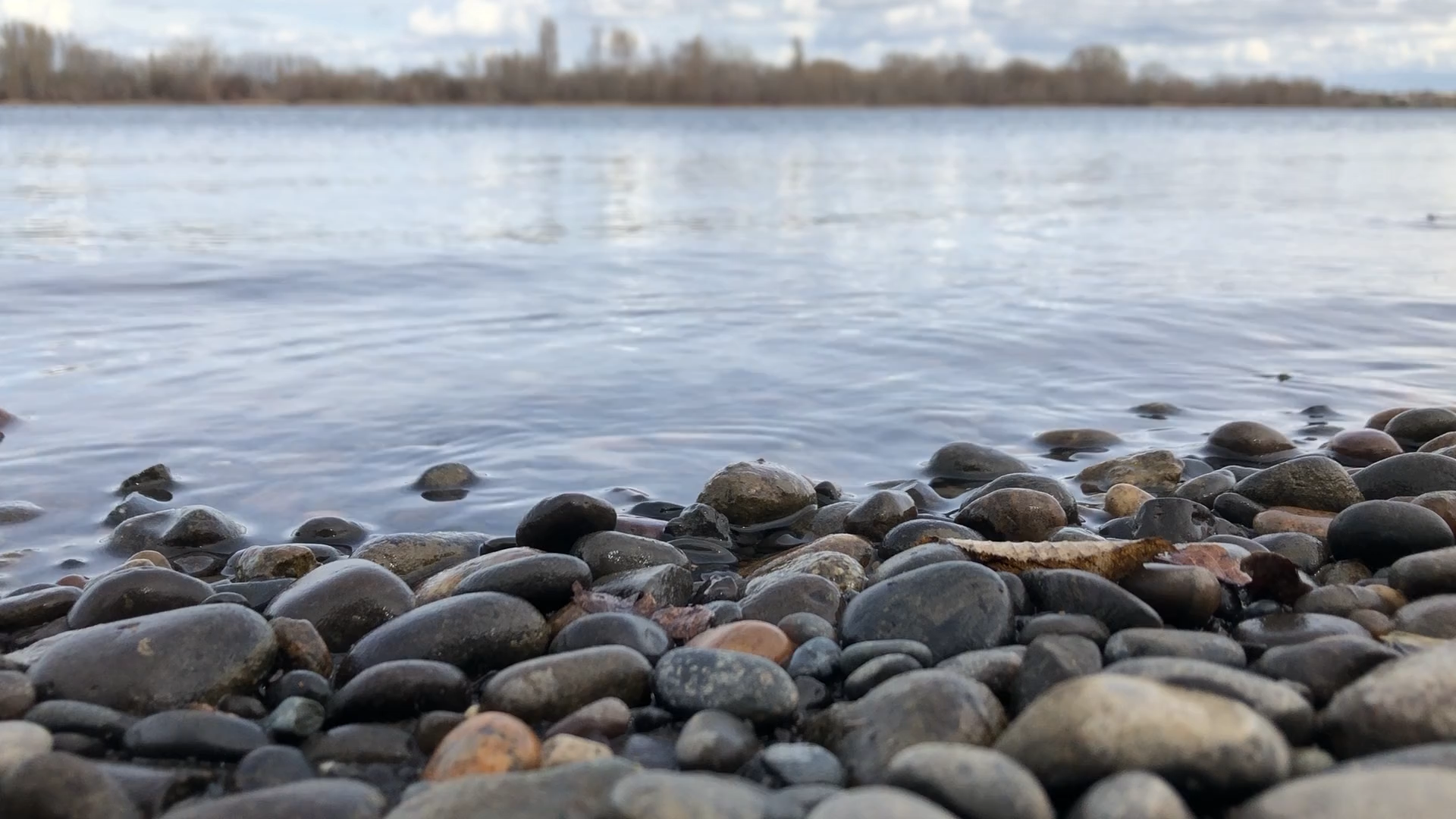The REACH Museum, located at 1943 Columbia Park Trail in Richland, is a shining example of what regional wonders the Pacific Northwest has to offer, as well as an insightful tool for understanding the unique history of Eastern Washington. Offering stunning in-depth exhibits of the geology, agriculture, natural habitat, and scientific background of our region, it is a must-see attraction for those new to the area, as well as and lifelong residents of the region. REACH offers a refreshing, all-encompassing glance into what makes this stretch of the Columbia River so special.
The first thing one notices upon visiting the museum is a focus on the agricultural developments that helped put the area on the map. A tremendous wheeled irrigation sprinkler stands adjacent to the building, sprawling some double the length of the museum itself. These Central Pivot Irrigation Systems (CPIS), or simply “water-wheels,” are staple pieces of machinery found throughout the Columbia Basin and are responsible for the characteristic circular field layout they promote. Also outside the museum, visitors will see one of the few remaining in-tact trailers (a time capsule of sorts), an example of those models that were imported to Richland for housing some of the 50,000 plus workers who arrived to support the Manhattan Project of the 1940’s.
The REACH Museum offers an excellent overview of the Manhattan Project, the government’s top-secret nuclear development program that simultaneously brought a swift end to the Second World War and placed Richland on the map. An entire wing of the building is dedicated to the project, compiling newspaper clippings, magazines, technological/medical equipment, photos, written accounts, and much more from the 1940’s. These pieces of historical memorabilia allow visitors to view the local area through a wildly different lens, offering valuable insights into the way people lived and went about their business some 80 years ago. There is nothing quite like examining household items from the 1940’s with a Geiger counter, only to have something mundane give off an indication of radiation.
For those drawn to the more natural wonders of our region, the museum offers an entire wing dedicated to wildlife, geology, and geography. Children will love this section of the museum, as interactive animal exhibits span the walls, with hidden gems tucked away for the keen-eyed observer. Most all of the wildlife and vegetation native to Eastern Washington is accounted for here–from deer and elk to fish, birds, and reptiles. Additionally, this wing houses extensive collections of ancient fossils left over from the Missoula Floods, as well as information on key geographical features throughout the basin. A colossal curved map in the main hall displays the entirety of eastern Washington from satellite view, allowing the viewer’s eyes to run uninterrupted from Hermiston, Oregon, to Coeur d’Alene, Idaho, and beyond.
There is something for everyone to enjoy at the REACH Museum, children and adults alike. Compiling an unfathomable amount of historical and scientific detail and relaying this information to the public in an accurate and entertaining fashion is a feat to be applauded. There is far too much information for anyone to take in over the span of a few hours, which encourages both careful study of the exhibits and repeat visits from the public. Admission prices are $10.00 per adult, $6.00 per senior/student, and free for children five and under, and you’d be hard-pressed to find a better place to spend the price of an admission ticket and support this local gem.


1 thought on “REACH Museum”